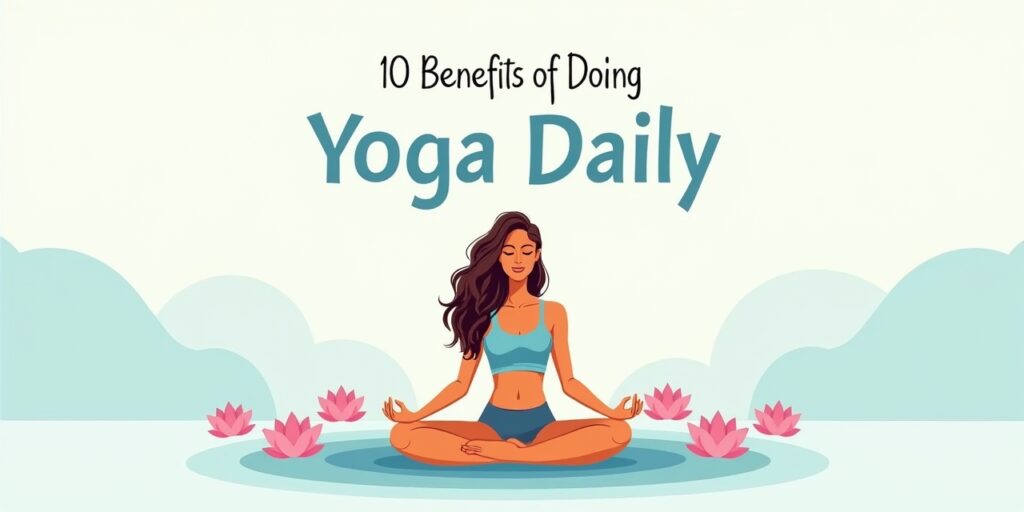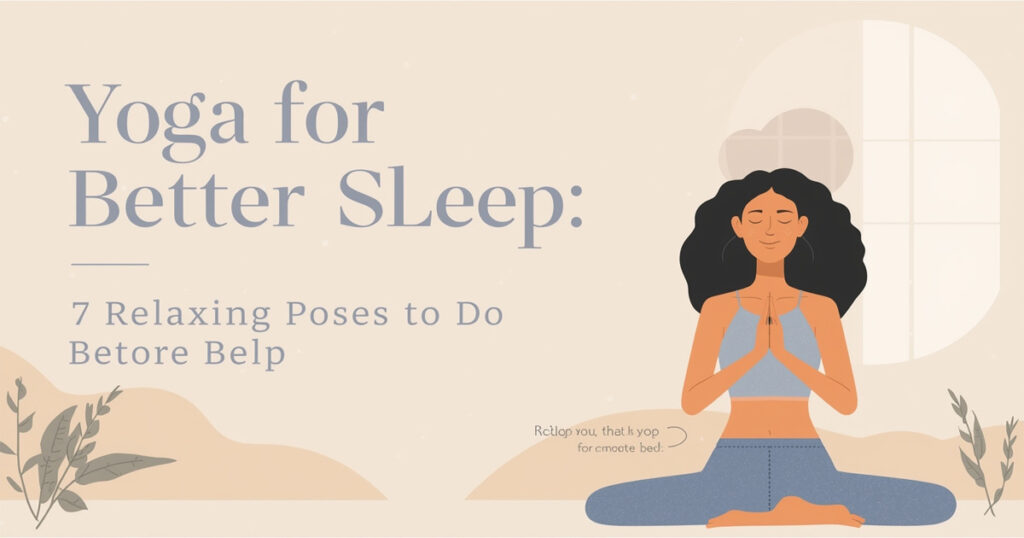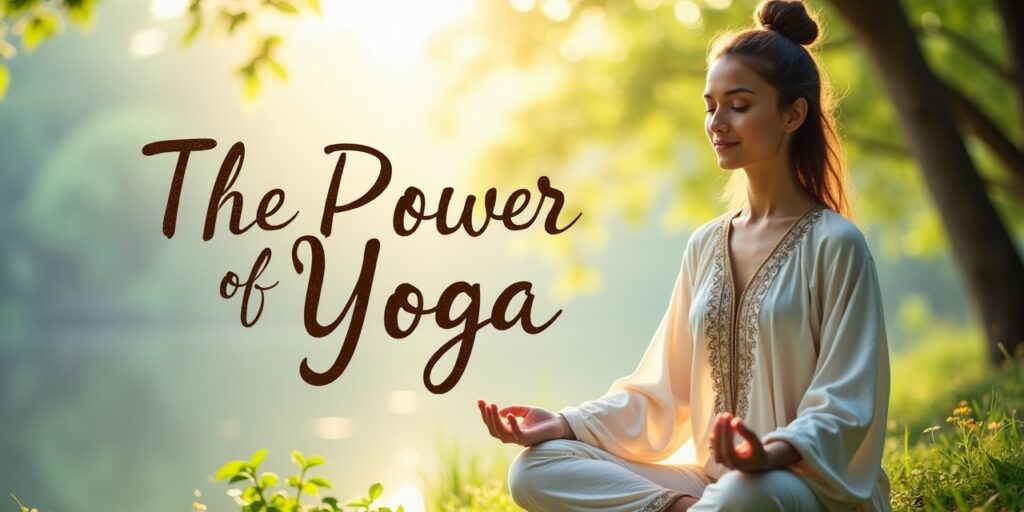Bikram yoga isn’t just another yoga trend — it’s a powerful, structured practice that challenges your body and mind. Developed by Bikram Choudhury, this style of hot yoga follows a fixed sequence of 26 poses and two breathing exercises, performed in a heated room set to 105°F (40°C). The combination of heat, disciplined sequence, and mindful breathing delivers benefits like improved flexibility, muscle strength, and mental focus. Whether you’re a complete beginner or a seasoned yogi, understanding the Bikram yoga poses can help you deepen your practice and enjoy its full benefits.
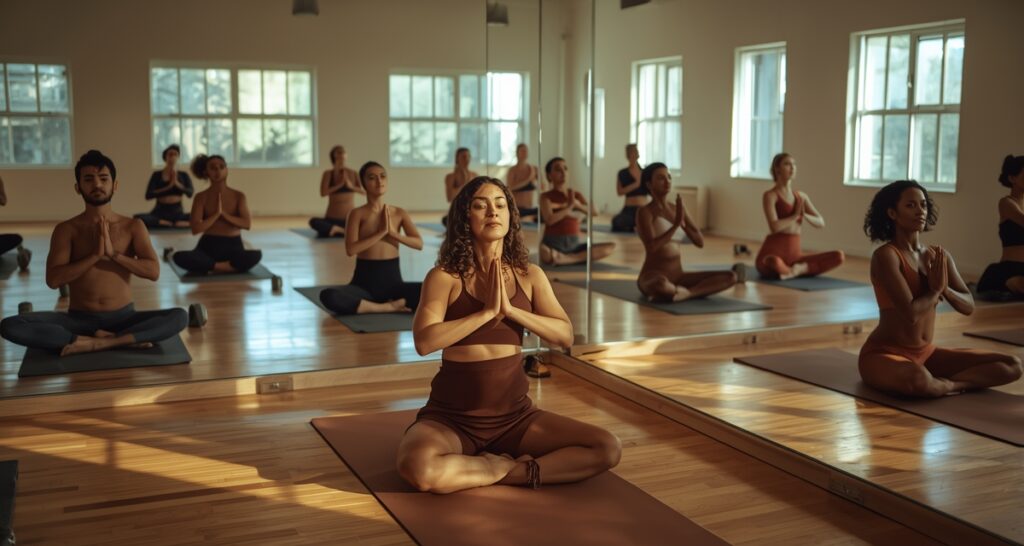
What is Bikram Yoga?
Bikram yoga is a type of hot yoga that follows a specific sequence of 26 postures and two breathing exercises, performed over 90 minutes. Unlike other yoga styles, the sequence never changes, allowing practitioners to improve consistently over time. The heated environment helps warm your muscles, increases flexibility, and encourages sweating, which aids detoxification.
Bikram Yoga Poses: The Complete Guide to All 26 Postures
If you’ve ever stepped into a hot yoga studio and felt the wave of warmth hit you, chances are you’ve experienced the beginnings of Bikram yoga. This popular style of hot yoga, developed by Bikram Choudhury, follows a fixed sequence of 26 Bikram yoga poses and two breathing exercises, practiced in a room heated to around 105°F (40°C).
READ MORE: Effective Triceps Workout at Home
This guide will walk you through the full sequence, benefits, and tips for getting the most from your Bikram practice.
Benefits of Bikram Yoga
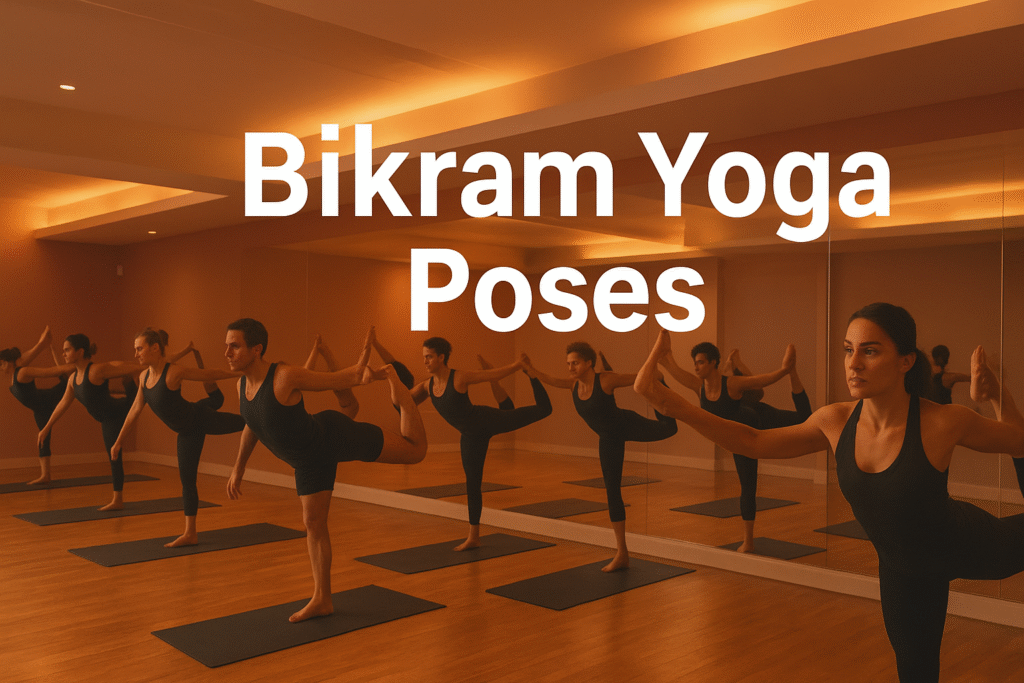
Practicing Bikram yoga regularly can offer:
- Improved Flexibility: The heat allows muscles to stretch more safely.
- Increased Strength: Holding poses builds muscle endurance.
- Better Balance: Many standing postures focus on stability.
- Detoxification: Sweating helps flush toxins from the body.
- Mental Focus: The structured routine trains concentration and discipline.
The 26 Bikram Yoga Poses
Here’s the full Bikram yoga sequence, in the order it’s practiced:
Standing Series
- Standing Deep Breathing (Pranayama) – Improves lung capacity.
- Half Moon Pose (Ardha Chandrasana) – Stretches spine and muscles.
- Awkward Pose (Utkatasana) – Strengthens thighs and hips.
- Eagle Pose (Garurasana) – Improves balance and stretches shoulders.
- Standing Head to Knee (Dandayamana Janushirasana) – Builds balance and flexibility.
- Standing Bow Pose (Dandayamana Dhanurasana) – Opens chest and strengthens legs.
- Balancing Stick Pose (Tuladandasana) – Improves posture and core stability.
- Standing Separate Leg Stretching (Dandayamana Bibhaktapada Paschimottanasana) – Stretches hamstrings and spine.
- Triangle Pose (Trikonasana) – Strengthens legs and opens hips.
- Standing Separate Leg Head to Knee (Dandayamana Bibhaktapada Janushirasana) – Enhances flexibility in spine and legs.
- Tree Pose (Tadasana) – Improves balance and posture.
- Toe Stand Pose (Padangustasana) – Strengthens knees and ankles.
Floor Series
- Dead Body Pose (Savasana) – Relaxes the entire body.
- Wind Removing Pose (Pavanamuktasana) – Improves digestion.
- Sit-Up – Strengthens the core.
- Cobra Pose (Bhujangasana) – Increases spine flexibility.
- Locust Pose (Salabhasana) – Strengthens lower back and glutes.
- Full Locust Pose (Poorna Salabhasana) – Improves posture and strengthens back.
- Bow Pose (Dhanurasana) – Opens chest and improves spinal flexibility.
- Fixed Firm Pose (Supta Vajrasana) – Strengthens knees and ankles.
- Half Tortoise Pose (Ardha Kurmasana) – Relieves tension in the back.
- Camel Pose (Ustrasana) – Opens chest and improves posture.
- Rabbit Pose (Sasangasana) – Stretches spine deeply.
- Head to Knee with Stretching (Janushirasana with Paschimottanasana) – Improves flexibility and digestion.
- Spine Twisting Pose (Ardha Matsyendrasana) – Increases spinal mobility.
- Blowing in Firm Pose (Kapalbhati in Vajrasana) – Energizes and cleanses lungs.
Tips for Bikram Yoga Beginners
- Stay Hydrated: Drink plenty of water before class.
- Wear Lightweight Clothing: The room is heated, so wear breathable fabrics.
- Listen to Your Body: Take breaks when needed.
- Arrive Early: Give yourself time to adapt to the heat.
- Focus on Form: It’s better to do fewer poses correctly than rush.
Conclusion
Bikram yoga’s 26-pose sequence may seem intense at first, but with consistent practice, it transforms your flexibility, balance, and focus. The heat helps your muscles stretch safely, while the fixed sequence allows you to track your progress over time. Whether your goal is to increase strength, improve posture, or simply find a new way to de-stress, Bikram yoga offers a holistic approach to physical and mental well-being. Roll out your mat, embrace the warmth, and let each pose guide you toward a healthier, more mindful you.
Frequently Asked Questions
Q1. What is the difference between Bikram yoga and hot yoga?
Bikram yoga is a specific sequence of 26 poses practiced in a room heated to 105°F, while hot yoga can refer to any yoga style performed in a heated environment with varying sequences.
Q2. Is Bikram yoga suitable for beginners?
Yes, beginners can practice Bikram yoga, but it’s important to stay hydrated, take breaks when needed, and focus on correct form rather than perfection.
Q3. How often should I practice Bikram yoga?
For noticeable results, aim for 2–3 sessions per week. Consistency is key for flexibility, strength, and mental benefits.
Q4. Do I need special equipment for Bikram yoga?
Lightweight, moisture-wicking clothing, a non-slip yoga mat, a towel, and a water bottle are essential for comfort during class.
Q5. Can Bikram yoga help with weight loss?
Yes, the combination of heat, challenging poses, and continuous movement can burn calories and improve metabolism, contributing to weight loss over time.


